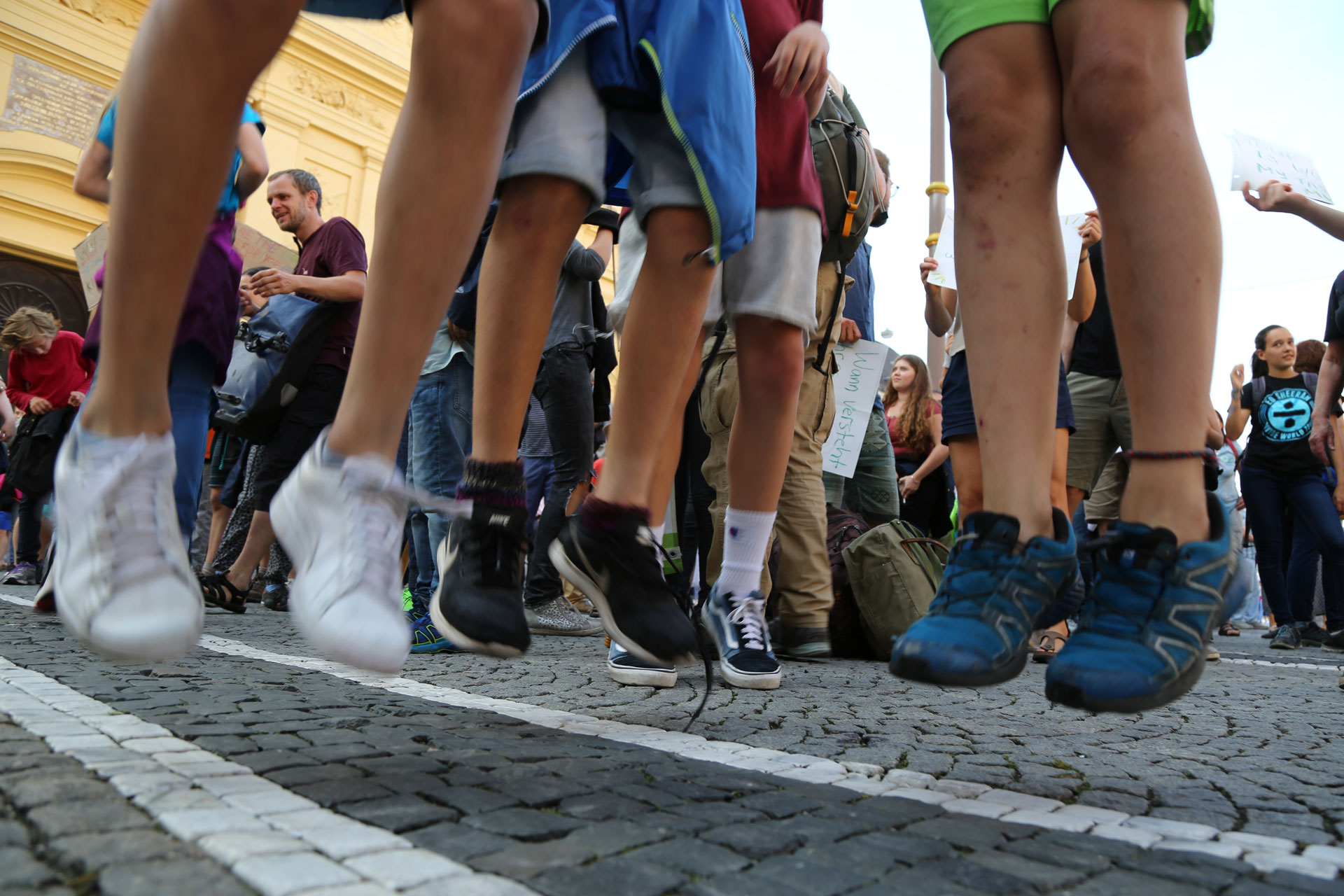History Now

Little is left of the Wall at its original site, which was destroyed almost in its entirety. Three long sections are still standing: an 80-metre-long (260 ft) piece of the first (westernmost) wall at the Topography of Terror, site of the former Gestapo headquarters, halfway between Checkpoint Charlie and Potsdamer Platz; a longer section of the second (easternmost) wall along the Spree River near the Oberbaumbrücke, nicknamed East Side Gallery; and a third section that is partly reconstructed, in the north at Bernauer Straße, which was turned into a memorial in 1999. Other isolated fragments, lampposts, other elements, and a few watchtowers also remain in various parts of the city.
The former leadership in the Schlesischen Busch in the vicinity of the Puschkinallee—the listed, twelve-meter high watchtower stands in a piece of the wall strip, which has been turned into a park, near the Lohmühleninsel.
The former “Kieler Eck” (Kiel Corner) on Kieler Strasse in Mitte, close to the Berlin-Spandau Schifffahrtskanal—the tower is protected as a historic monument and now surrounded on three sides by new buildings. It houses a memorial site named after the Wallopfer Günter Litfin, who was shot at Humboldthafen in August 1961. The memorial site, which is run by the initiative of his brother Jürgen Liftin, can be viewed after registration.
The former management office at Nieder Neuendorf, in the district of Hennigsdorf of the same name—here is the permanent exhibition on the history of the border installations between the two German states.
The former management station at Bergfelde, today the district of Hohen Neuendorf—The tower is located in an already reforested area of the border strip and is used together with surrounding terrain as a nature protection tower by the Deutschen Waldjugend.
The only one of the much slimmer observation towers (BT-11) in the Erna-Berger-Strasse also in Mitte—however, was moved by a few meters for construction work and is no longer in the original location; There is an exhibition about the wall in the area of the Potsdamer Platz in planning.
Nothing still accurately represents the Wall’s original appearance better than a very short stretch at Bernauer Straße associated with the Berlin Wall Documentation Center. Other remnants are badly damaged by souvenir seekers. Fragments of the Wall were taken and some were sold around the world. Appearing both with and without certificates of authenticity, these fragments are now a staple on the online auction service eBay as well as German souvenir shops. Today, the eastern side is covered in graffiti that did not exist while the Wall was guarded by the armed soldiers of East Germany. Previously, graffiti appeared only on the western side. Along some tourist areas of the city centre, the city government has marked the location of the former Wall by a row of cobblestones in the street. In most places only the “first” wall is marked, except near Potsdamer Platz where the stretch of both walls is marked, giving visitors an impression of the dimension of the barrier system.
After the fall of the Berlin Wall, there were initiatives that they want to preserve the death strip walkways and redevelop it into a hiking and cycling area, known as Berliner Mauerweg. It is part of the initiative by Berlin Senate since 2005
